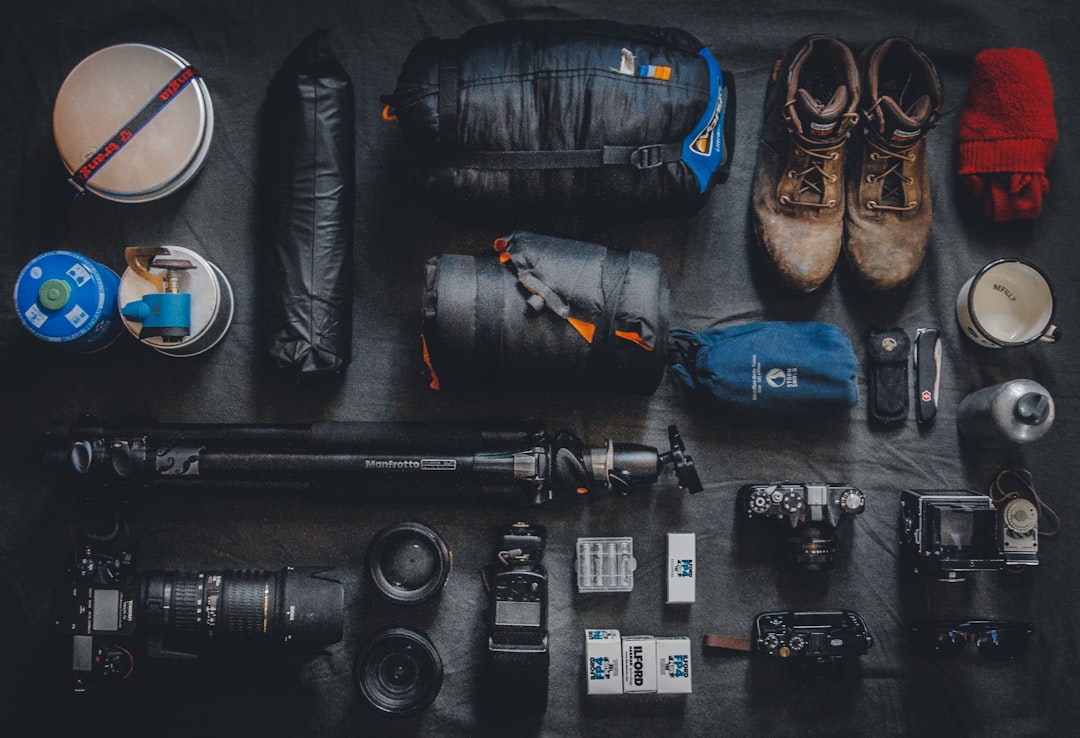Preparing for unexpected emergencies in 2025 and beyond requires careful planning and a solid strategy. However, you do not need to spend a fortune to build an effective kit that covers the essentials. In a crisis, having a minimalist bug out bag under $100 can be a game-changer, especially if you live in an urban environment where resources might be limited or quickly depleted. Below, you will find a comprehensive guide to assembling a functional, lightweight, and affordable bag that ensures you are ready to move at a moment’s notice.
Why Choose a Minimalist Approach?
Opting for a minimalist setup allows you to focus on the most necessary items—lightweight, compact gear that delivers maximum functionality. By eliminating superfluous tools, you are left with a streamlined pack that is more comfortable to carry, quicker to assemble, and easier on your budget. While full-scale “doomsday” setups can cost hundreds or even thousands of dollars, a minimalist approach demonstrates that preparedness does not have to break the bank.
Strategic Budgeting
Having a tight spending limit means every dollar counts. When building your own minimalist bug out bag under $100, decide on your priorities: usually, water, shelter, first-aid, and a reliable cutting tool take precedence. By focusing on these critical areas, you can use your limited funds more effectively. Where possible, look for items on sale, bundle deals, or even secondhand gear in excellent condition. Combined, these steps will ensure you stay within your target budget while guaranteeing you have the essentials covered.
Essential Components of a Minimalist Bug Out Bag
Establishing the right combination of gear is the cornerstone of any successful emergency plan. Below are some of the most important categories that should be your priority when constructing a reliable kit. While there are plenty of optional add-ons, these fundamentals will allow you to weather a variety of unpredictable situations.
1. Water Filtration
Water is crucial for survival, especially during longer-term emergencies when accessing potable sources may be challenging. One critical aspect of a minimalist bug out bag under $100 is water filtration that is lightweight and easy to use. The Sawyer Mini Portable Water Filter is highly recommended for anyone looking for an affordable and compact solution. It can filter up to 100,000 gallons of water and boasts a 0.1 micron rating for removing bacteria and protozoa efficiently.
For those with a slightly higher budget in the future, you may also consider the Katadyn Hiker Pro Water Filter or the Sawyer Squeeze Filter with Pouch for faster flow rates and more durable housing. However, if cost-saving is your main focus, the Sawyer Mini remains a top pick for its blend of reliability, size, and remarkable filtration capacity.
2. Cutting Tools
No survival kit is complete without a dependable blade or multi-tool. A knife can help with food prep, gathering tinder, cutting cordage, and basic self-defense if needed. The Morakniv Companion Fixed Blade Knife offers an excellent balance between cost and performance. With Swedish stainless steel, it retains a sharp edge without frequent maintenance. Consider pairing it with a small multi-tool if you have some spare funds, but the Morakniv alone can handle most basic cutting tasks.
Other higher-end alternatives, such as the ESEE Izula-II Mini Knife, are praised for their durability and might be a worthwhile future upgrade if you plan to refine your gear. For now, though, Morakniv’s affordability and reliability make it a top contender for fitting into your limited budget.
3. Emergency Lighting
A reliable light source is indispensable for nighttime navigation, signaling, and performing essential tasks in low-light conditions. Solar-powered or battery-efficient lanterns are great for a minimalist bug out bag under $100, and the ThorFire Solar LED Camping Lantern meets this criterion well. Its solar-charging feature helps you conserve battery reserves for other devices and ensures that you are not stranded without light. Alternatively, the Streamlight 66118 Siege Portable LED Lantern delivers robust illumination, but it may be harder to fit into your tight budget depending on sale prices.
4. Basic First-Aid and Medical Gear
Accidents happen, and you should be prepared to address scrapes, cuts, and other minor injuries. While comprehensive first-aid kits like My Medic MyFAK or REI Co-op First Aid Plus Kits are fantastic, they may exceed your target budget. A more viable approach if you are building a kit under $100 is to assemble a simple pouch stocked with bandages, sterile gauze, alcohol pads, tweezers, and pain relievers. You can often find affordable mini kits that cover the basics at a local drugstore. This approach ensures that you have immediate care items until you can seek professional help.
5. Shelter and Warmth
Although you may not be able to afford a premium sleeping bag or four-season tent without breaking the bank, you can still protect yourself from the elements by stocking your minimalist setup with a sturdy emergency blanket or bivy. Keep an eye out for Mylar blankets or portable emergency sleeping bags; these are usually inexpensive, occupy minimal pack space, and provide vital insulation during chilly nights.
Step-by-Step Guide to Building Your Bag

In 2025, building a minimalist bug out bag under $100 in 2025 might seem like a challenge, but it is definitely achievable with the correct approach. Below is a simple, step-by-step guide to ensure you get the best value while prioritizing core survival needs:
Step 1: Prioritize Water
Spend the first portion of your budget on filtration. The Sawyer Mini Portable Water Filter often retails at a reasonable price, offering the best balance between cost, size, and performance.
Step 2: Select a Cutting Tool
Next, invest in a sturdy blade like the Morakniv Companion Fixed Blade Knife. It is frequently praised as the best “Survival Knife Under $30.” You will rely on this tool for various tasks, from food prep to bushcraft, so it is critical to pick a trustworthy knife.
Step 3: Get Basic First-Aid
Shop for an inexpensive or small custom-made first aid kit — enough to handle common injuries. Aim to include items like adhesive bandages, gauze, disinfecting wipes, and painkillers. Keep costs low by focusing on immediate essentials, and always restock after use.
Step 4: Pack Some Lighting
Pick up an LED flashlight or solar lantern—whichever is on sale or best suits your preferences. Ensure it has good battery life or a reliable recharging method. Compact sizes are ideal, especially when you are restricting the overall weight of your bag.
Step 5: Add Minimalist Shelter
Preparing for unexpected emergencies in 2025 and beyond requires careful planning and a solid strategy. However, you do not need to spend a fortune to build an effective kit that covers the essentials. In a crisis, having a minimalist bug out bag under $100 can be a game-changer, especially if you live in an urban environment where resources might be limited or quickly depleted. Below, you will find a comprehensive guide to assembling a functional, lightweight, and affordable bag that ensures you are ready to move at a moment’s notice.
Why Choose A Minimalist Approach?
Opting for a minimalist setup allows you to focus on the most necessary items—lightweight, compact gear that delivers maximum functionality. By eliminating superfluous tools, you are left with a streamlined pack that is more comfortable to carry, quicker to assemble, and easier on your budget. While full-scale “doomsday” setups can cost hundreds or even thousands of dollars, a minimalist approach demonstrates that preparedness does not have to break the bank.
Strategic Budgeting
Having a tight spending limit means every dollar counts. When building your own minimalist bug out bag under $100, decide on your priorities: usually, water, shelter, first-aid, and a reliable cutting tool take precedence. By focusing on these critical areas, you can use your limited funds more effectively. Where possible, look for items on sale, bundle deals, or even secondhand gear in excellent condition. Combined, these steps will ensure you stay within your target budget while guaranteeing you have the essentials covered.
Essential Components Of A Minimalist Bug Out Bag
Establishing the right combination of gear is the cornerstone of any successful emergency plan. Below are some of the most important categories that should be your priority when constructing a reliable kit. A knife can help with food prep, gathering tinder, cutting cordage, and basic self-defense if needed.
Remember the Survival Gear Guide is always here to help if you need more information!
